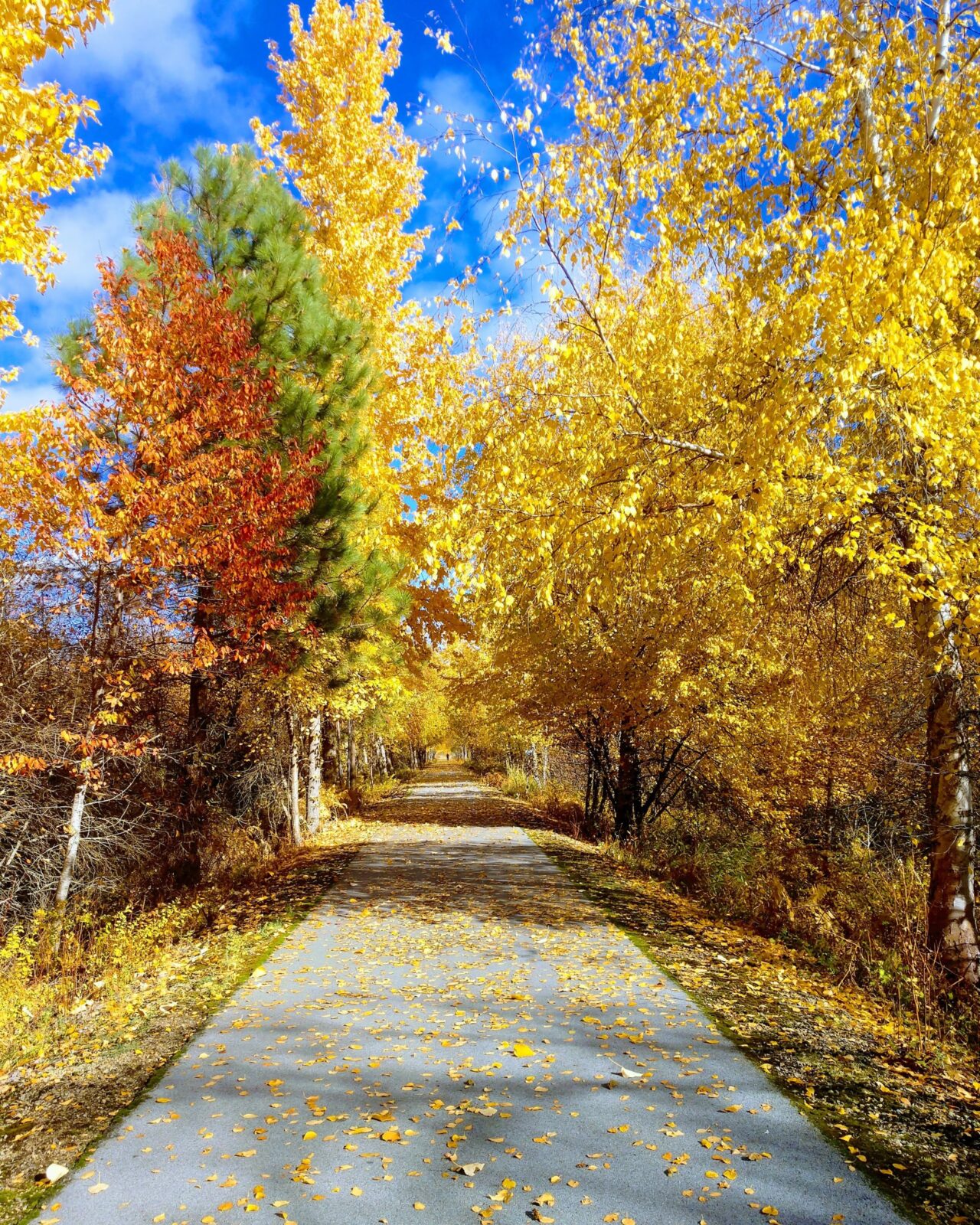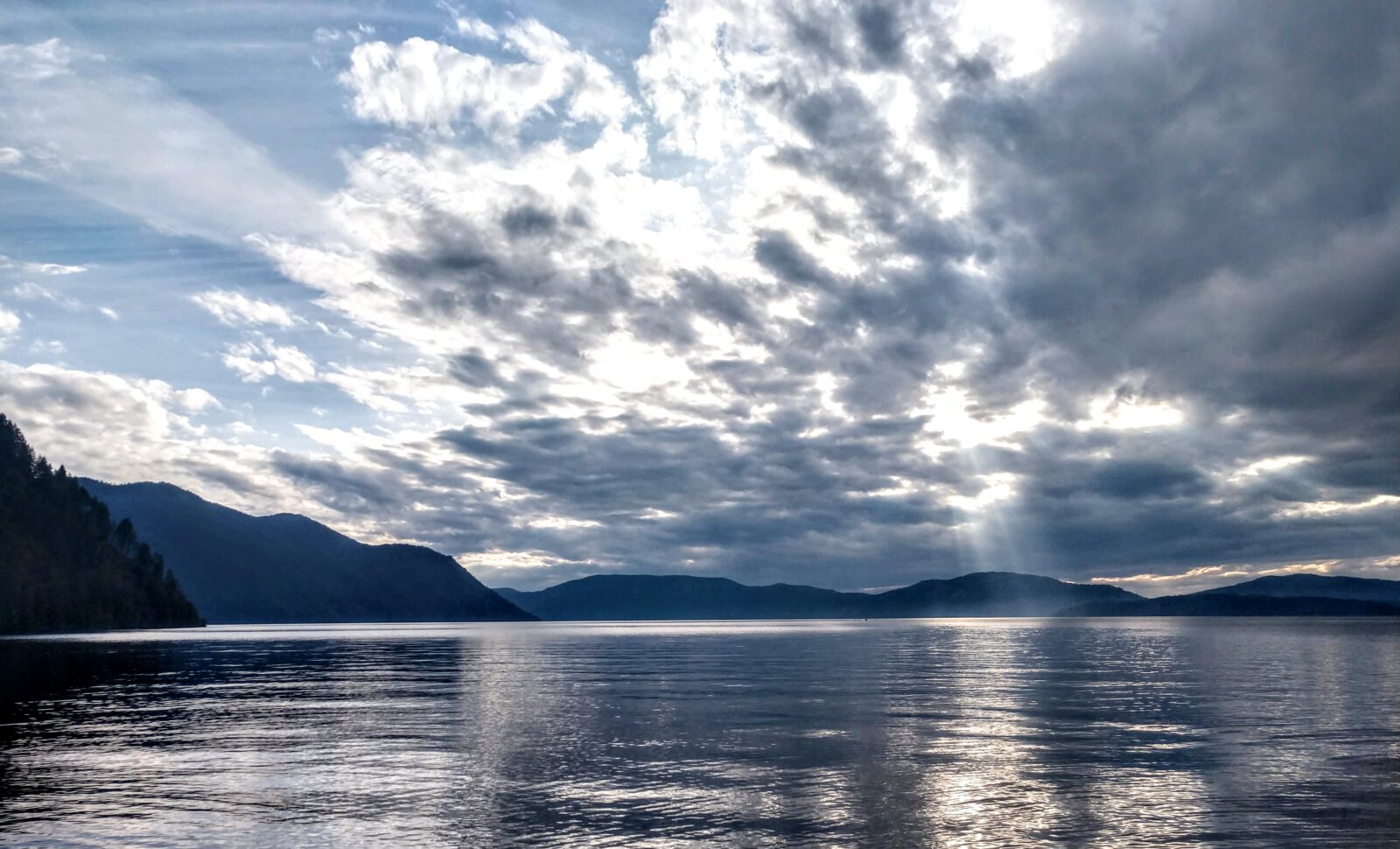On Aquifer Time
February 24, 2023
February 24, 2023
By Mitchell Clark
Most of us spend the majority of our time thinking about the near future; making plans for the next few hours, days, and weeks, or worrying about things that’ll be happening a few months from now. There’s nothing wrong with this, of course — our grand designs for our lives would be very hard to achieve if we were constantly forgetting to make dinner or run errands — but it does mean that when we try to think about what kind of legacy we want to leave, we’re a little out of practice.
Thankfully, we can turn to nature as inspiration; there are plenty of processes where a single cycle takes place over a timespan that’s longer than all but the most forward-thinking people are capable of planning for. Consider, for example, the water in the Inland Northwest. A large part of our regional identity is based on it, and how it flows through rivers, streams, and tributaries. Water powers our cities, provides habitats for animals and opportunities for recreation, and is woven into the very fabric of our infrastructure. The waterways loom large in our cultures as well. One of Spokane’s nicknames is “River City,” and the tribe the area’s named after got most of their food from waterways throughout the region.


Fall colors on the Trail of the Coeur d’Alenes. The Conservancy is working to protect land along the Coeur d’Alene River, allowing restoration and clean-up of historic mining wastes that have long polluted these beautiful waters.
Lake Pend Oreille, with the Monarch Mountains in the backdrop, contributes millions of gallons of water to the Spokane Valley-Rathdrum Prairie Aquifer every day.
One of the greatest sources of water in the region is the Spokane Valley – Rathdrum Prairie Aquifer. Covering 370 square miles, it supplies the water we use for drinking, agricultural, and industrial needs. In addition, the aquifer provides the Spokane River with hundreds of millions of gallons of water each day. In return, the river acts as the aquifer’s largest source of recharge water when aquifer levels drop, giving back water that will flow through the path of cobbles, gravel, and boulders that have been deposited and shaped over an almost unimaginable timespan – millions and millions of years.
Water running through the aquifer is on its own long journey. It can flow up to 50 or 60 feet per day, a pace that makes it one of the fastest in the US. But when considered from a human perspective, it can seem almost glacial; if you poured a cup of water into Lake Pend Oreille or Hayden Lake, it would take nearly a decade before bubbling up, cold and crystal clear, at Waikiki Springs. The decisions we make about how to manage our water here in the Inland Northwest today will have effects that reach far into the future.
This is part of what makes conservation so special. It’s a rare opportunity for us to make an impact that will last far into the future, bringing life and resilience to our community, flowing beneath our wilderness, forests, meadows, and neighborhoods-like our precious aquifer.